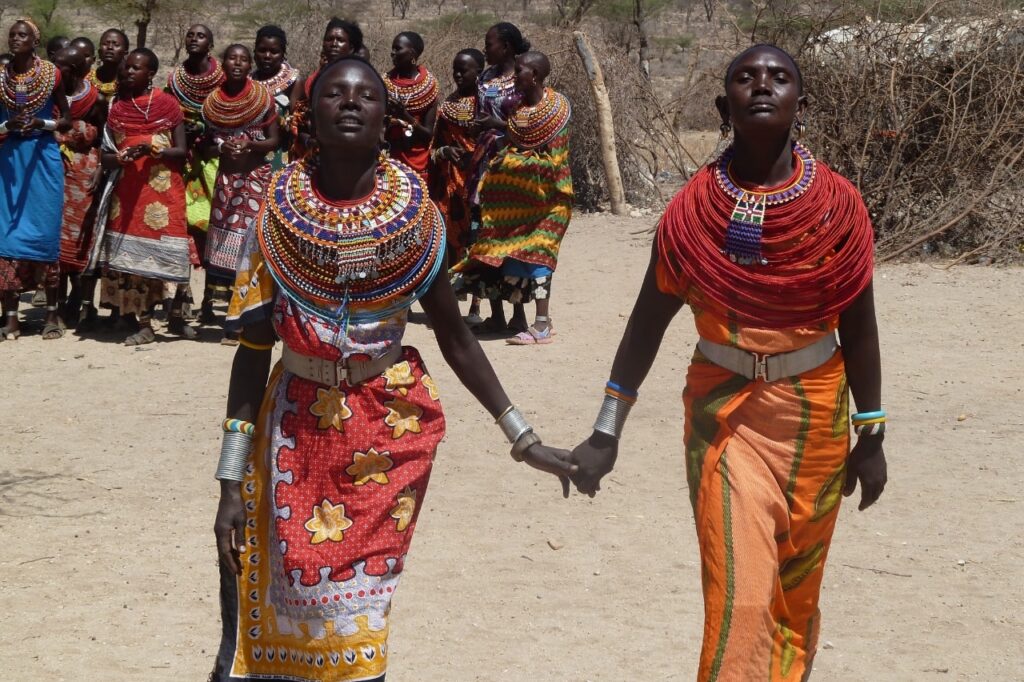Brimming with beauty. Exotic wildlife, stunning landscapes and rich culture make Tanzania a sought-after destination. Tanzania is the largest country in East Africa. With eight neighbours, it is among the top 10 countries in the world with the most international borders. It shares its borders with Kenya and Uganda to the north, Rwanda, Burundi, and Democratic Republic of Congo to the west, and Zambia, Malawi, and Mozambique to the south. It has a coastline along the Indian Ocean to the east. The islands of Zanzibar, Pemba and Mafia are also a part of Tanzania. Dar es Salaam is the administrative capital of the country while Dodoma is the legislative capital. The currency is the Tanzanian shilling.
Landform
The northern region has the southern part of Lake Victoria, which is the biggest lake in Africa and the source of the River Nile. Also in the north is the world famous Ngorongoro Crater, which is the world’s largest intact volcanic caldera. The northeastern part of the country is mountainous. This region is home to Mount Meru, an active volcano, and Mount Kilimanjaro, the tallest mountain in Africa and the highest single free-standing mountain in the world. In the west lies Lake Tanganyika, the world’s second deepest lake. The central part has a massive plateau covered with grasslands. The eastern region has coastal lowlands along the Indian Ocean.
People
With around 120 ethnic groups, it is the only country in Africa to have tribes from all four of the continent’s major ethno-linguistic groups: Bantu, Cushitic, Nilotic and Khoisan. Interestingly, none of these ethnic groups represent more than 10% of the country’s population. Some of the groups that live here are the Bantu-speaking Meru people, who are native to the slopes of Mount Meru; the Maasai, who are one of the best-known African ethnic groups in the world; the Hadzabe, who are a modern hunter-gatherer tribe; and the Makonde who are known to be master carvers. More than 80% of the people live in rural areas. The official languages are English and Swahili.
Cuisine
Hearty and filling, Tanzanian cuisine is diverse, owing to various cultural influences. It is known to be hearty and filling. Many dishes feature coconuts, plantains and beans. Some common dishes include Ugali (a stiff dough made of cornmeal), Nyamachoma (grilled meat), Pilau (rice cooked with spices), coconut bean soup, Wali wa nazi (rice in coconut milk), Ndizi kaanga (fried plantains), Mishkaki (barbecued meat), Mandazi (fried bread), Mchuzi wasamaki (fish curry) and Mchicha (spinach and peanut curry).
Wildlife
Tanzania abounds in wildlife, both in terms of quantity and variety. It is the country with the largest animal population density in the world. With zebras, giraffes, elephants, wildebeest, buffaloes, hippos, antelopes, gazelles, lions, cheetahs, leopards and more, the region accounts for around 20% of Africa’s large mammal population. It has some of the best national parks in the world and is an ideal safari destination. The Ngorongoro Conservation Area boasts of a rich concentration of wild animals. The Serengeti National Park is home to the spectacular wildebeest migration, during which an estimated 1.5 million wildebeest, along with zebras and eland antelope, undertake an annual journey towards greener pastures. This is the largest overland migration in the world.
By Bhavya Venkatesh

